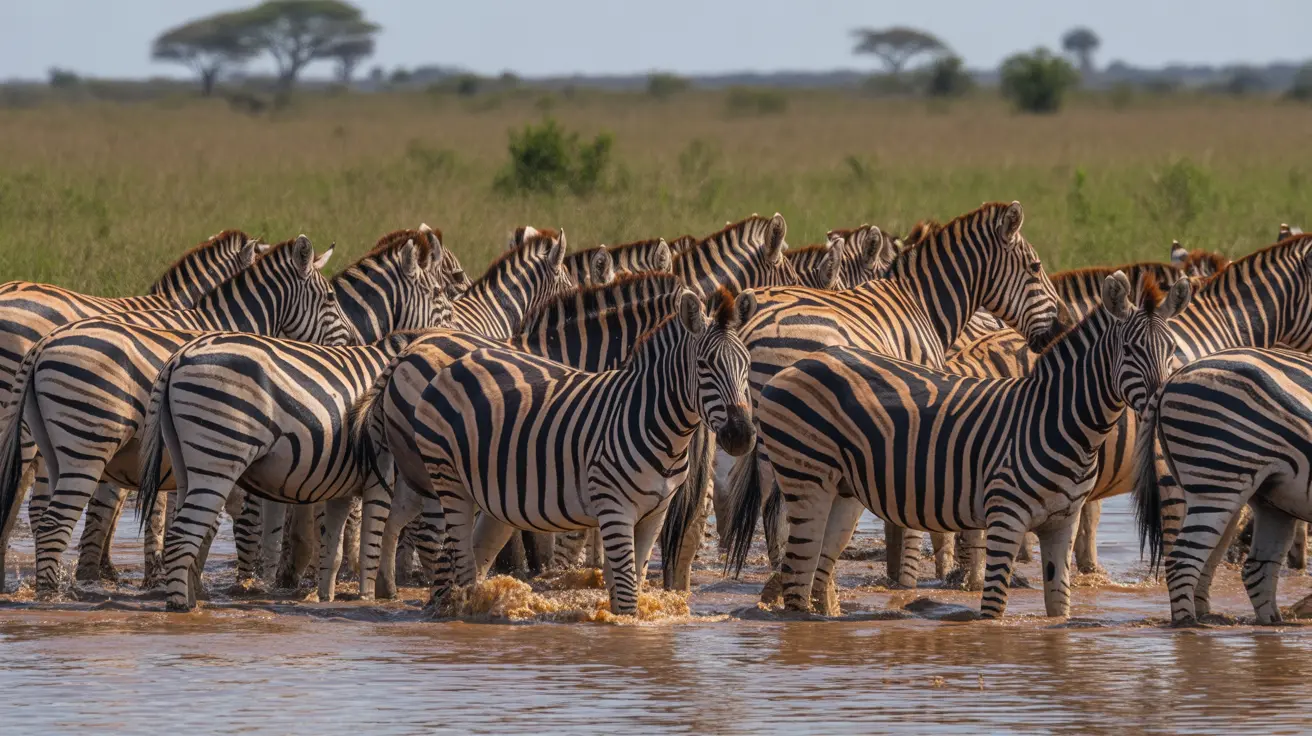In the vast wilderness of nature, pack animal behavior represents one of the most fascinating aspects of wildlife survival and social interaction. From wolves prowling through dense forests to birds soaring across continents, animals that travel in groups demonstrate remarkable coordination and social complexity that goes far beyond simple safety in numbers.
The phenomenon of group travel in the animal kingdom showcases sophisticated social structures, strategic hunting methods, and collaborative survival techniques. These collective movements have evolved over millennia, proving that unity truly does equal strength in the natural world.
Social Structure in Animal Packs
Pack animals develop intricate social hierarchies that help maintain order and efficiency within the group. This organization is particularly evident in species like wolves, where clear leadership roles and social bonds create a cohesive unit capable of tackling complex challenges together.
Wolf Pack Hierarchy
Wolves exemplify one of nature's most sophisticated pack structures. Within their groups, each member has a specific role, contributing to the pack's overall success in hunting, protecting territory, and raising young. This hierarchical system ensures smooth decision-making and resource distribution among pack members.
Cooperative Hunting Animals
When animals hunt together, they can take down prey that would be impossible to capture alone. This cooperative approach not only improves hunting success rates but also allows for more efficient use of energy and resources. Pack hunters can coordinate their movements, surround prey, and share the spoils of their success.
Animal Migration Group Dynamics
Migration presents numerous challenges that animals face better as a group. Whether it's birds flying in formation or wildebeest crossing vast savannas, traveling together provides multiple advantages:
- Enhanced navigation accuracy
- Shared vigilance against predators
- Energy conservation through coordinated movement
- Knowledge transfer between experienced and younger members
Bird Migration Energy Saving
One of the most impressive examples of collective movement efficiency is found in migrating birds. Flying in their characteristic V-formation allows birds to significantly reduce energy expenditure during long-distance travel, with each bird benefiting from the updraft created by those in front.
Predator Avoidance in Groups
Groups offer superior protection against predators through:
- Multiple sets of eyes watching for danger
- Confusing predators with coordinated movement
- The "dilution effect" that reduces individual risk
- Collective defense strategies
Wildlife Migration Challenges
Modern environmental changes pose significant threats to group-traveling species. Habitat fragmentation, climate change, and human development can disrupt traditional migration routes and break up social groups, making survival more difficult for pack animals.
Frequently Asked Questions
Why do animals like wolves and elephants travel in packs or herds?
Animals travel in groups to enhance survival by improving protection from predators, increasing hunting success through cooperation, and making navigation easier by sharing knowledge among group members.
How do animals in packs decide who leads during group movements?
Group movements can be led by dominant or experienced individuals, but many animals also use shared decision-making where consensus arises from local interactions and behavior copying rather than a fixed leader.
What are the social benefits of living in a pack for dogs and wolves?
Living in a pack fosters strong social bonds, cooperative hunting, care for young and injured members, knowledge transfer across generations, and complex communication, which all contribute to the pack's overall survival.
Understanding pack animal behavior provides valuable insights into the complexity of wildlife social structures and the importance of cooperation in nature. As we continue to study these remarkable group dynamics, we gain deeper appreciation for the sophisticated ways animals work together to survive and thrive in their environments.






